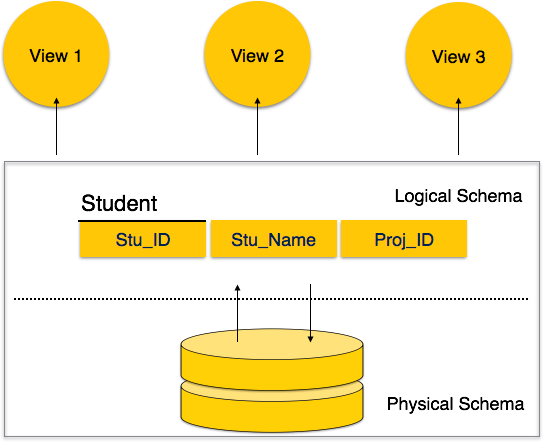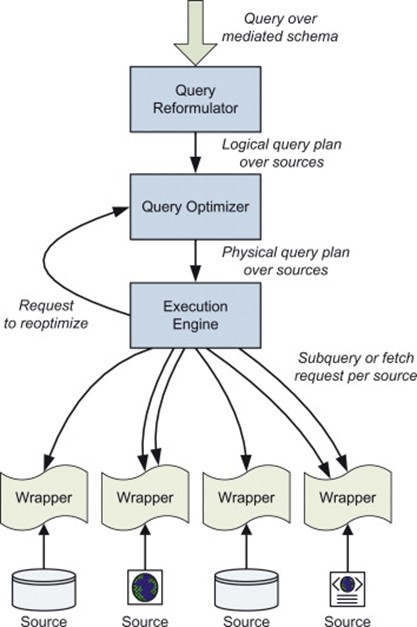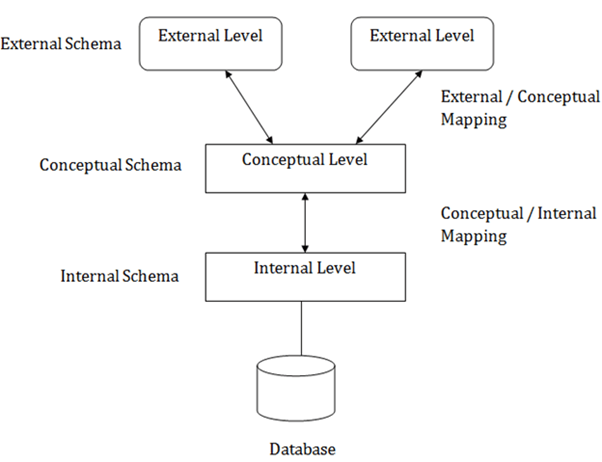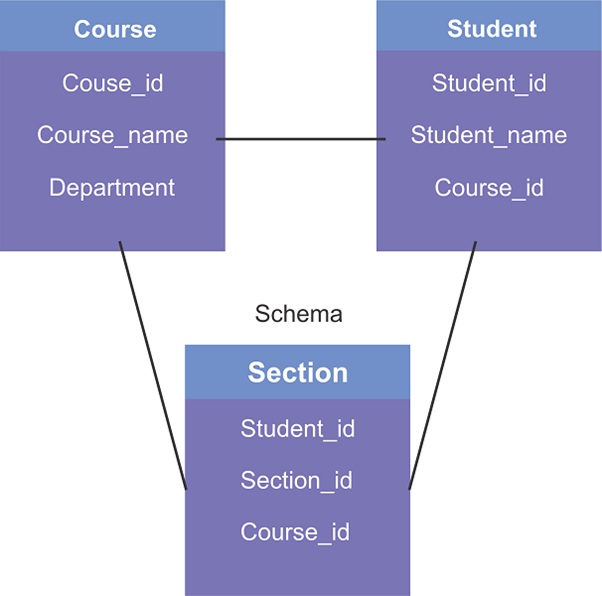Purpose of Database System
Schema-instance Distinction in RDBMS
In a Relational Database Management System (RDBMS), there is a distinction between a schema and an instance. Let's understand the difference between the two:
Schema:
A schema in an RDBMS refers to the overall structure or blueprint of a database. It defines the logical organization and layout of the database, including the tables, attributes, relationships, constraints, and other elements. The schema represents the database's design or structure and is typically created during the database design phase.
A schema can be further classified into three types:
1. Physical Schema: The physical schema describes the physical storage structure of the database on disk. It includes details such as file organization, indexing mechanisms, and storage allocation.

2. Logical Schema: The logical schema represents the logical organization of the database, independent of the physical implementation. It defines the tables, attributes, relationships, and constraints, providing an abstract view of the database.

4. External Schema: The external schema, also known as the user schema or view schema, represents the view of the database from the perspective of individual users or applications. It defines specific subsets of data and the corresponding views or access rights granted to users.

Instance:
An instance, also known as the data instance or database instance, refers to the actual data stored in the database at a specific point in time. It represents a snapshot of the database, including all the records and values in the tables. An instance contains the actual data that conforms to the structure defined by the schema.
The instance can be dynamically updated as data is added, modified, or deleted from the database. It changes over time as transactions are processed and operations are performed on the data. Each instance of the database is unique, reflecting the current state of the data.
In summary, the schema represents the structure and design of the database, while the instance represents the actual data stored in the database at a specific moment. The schema provides the framework for organizing and managing the data, while the instance contains the concrete data values that adhere to the schema's structure.

About the Author
Silan Software is one of the India's leading provider of offline & online training for Java, Python, AI (Machine Learning, Deep Learning), Data Science, Software Development & many more emerging Technologies.
We provide Academic Training || Industrial Training || Corporate Training || Internship || Java || Python || AI using Python || Data Science etc


